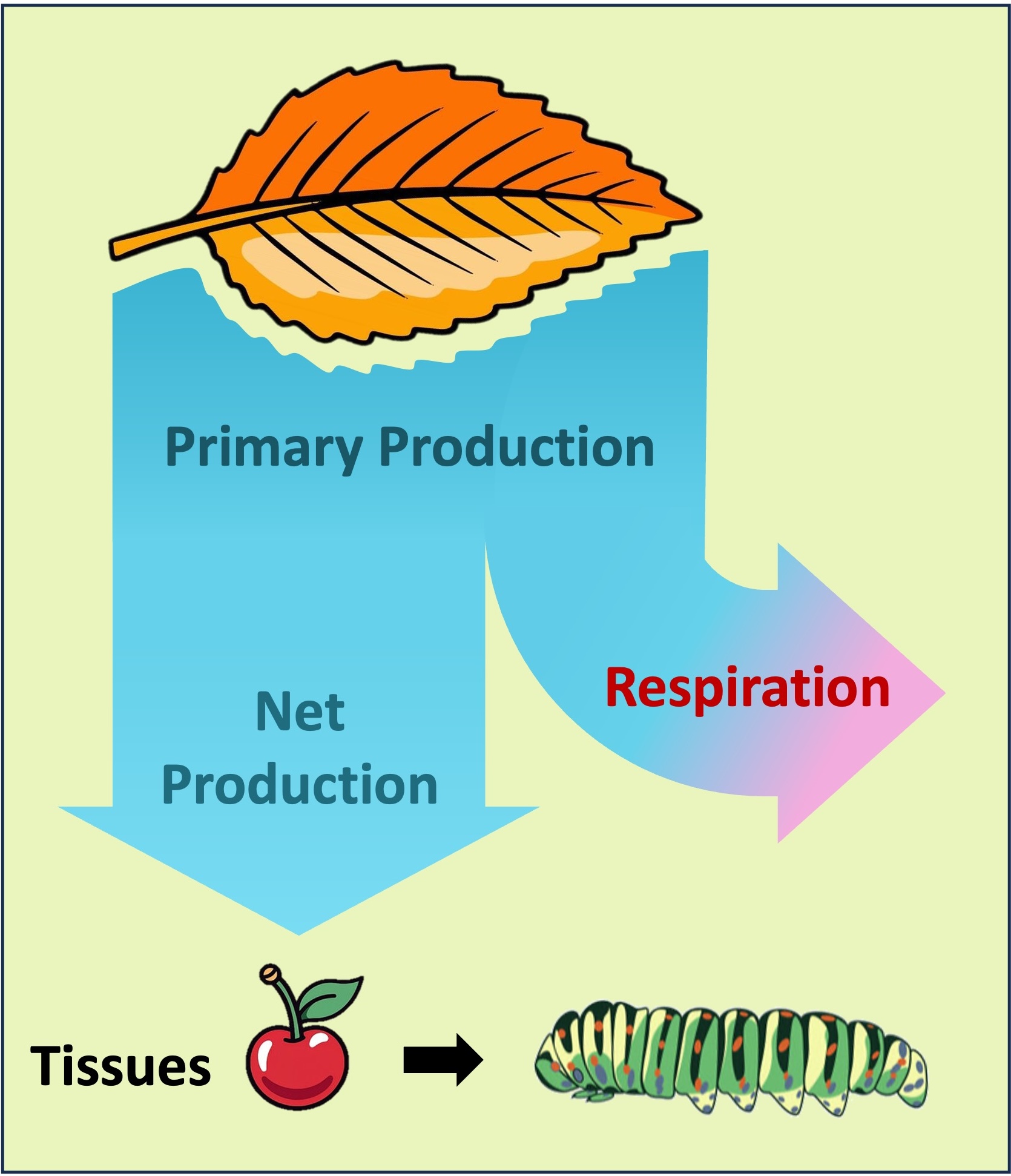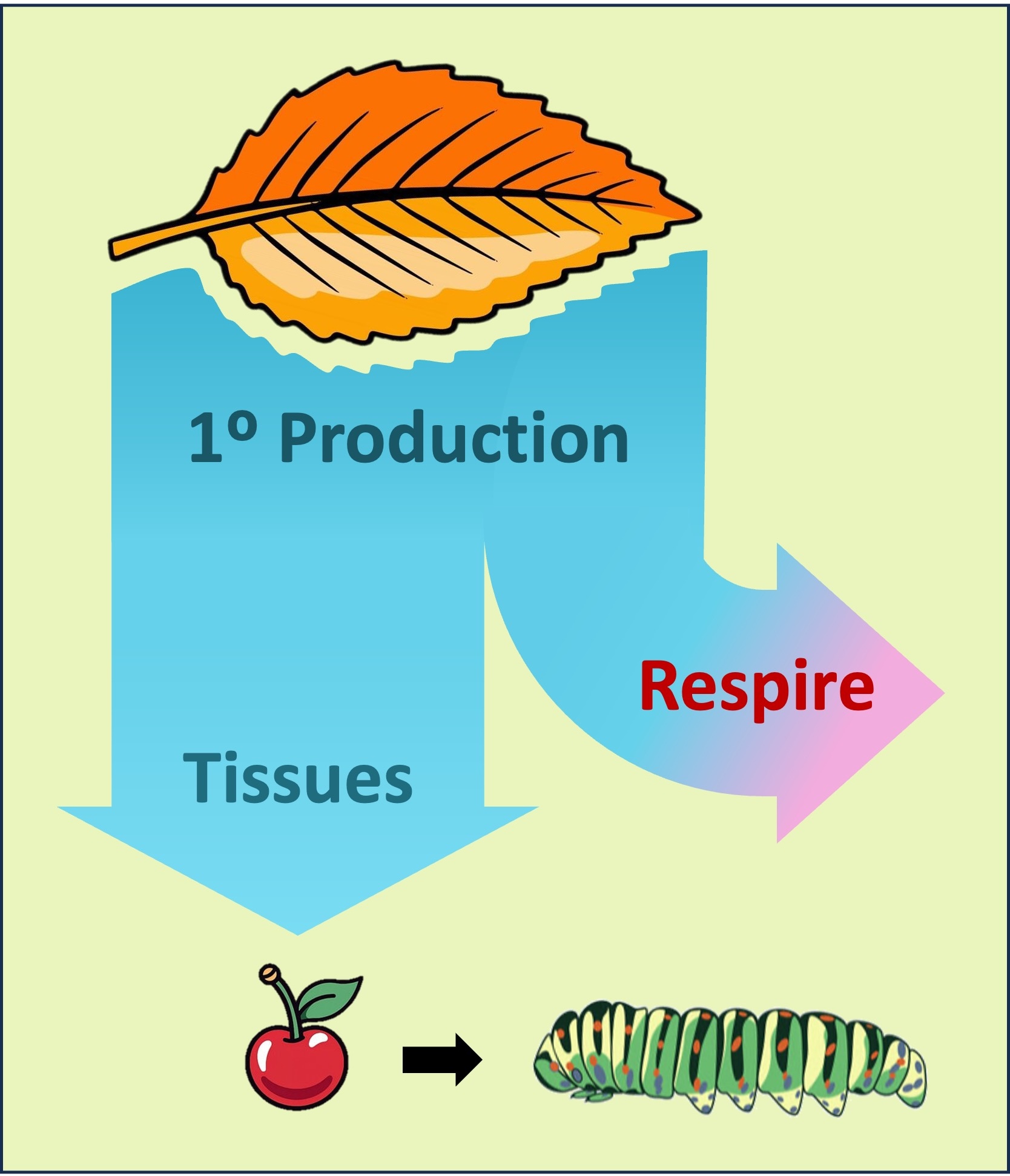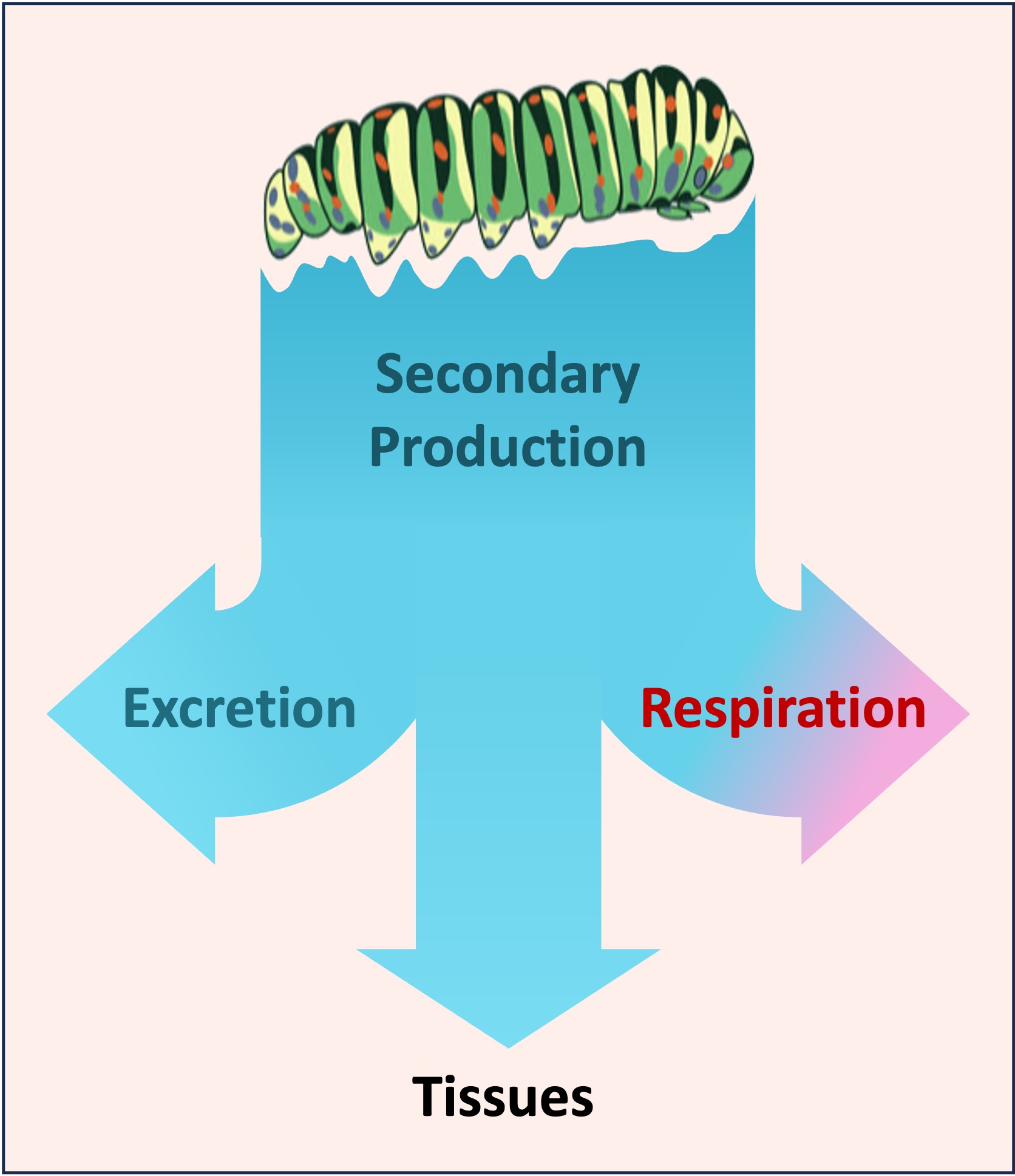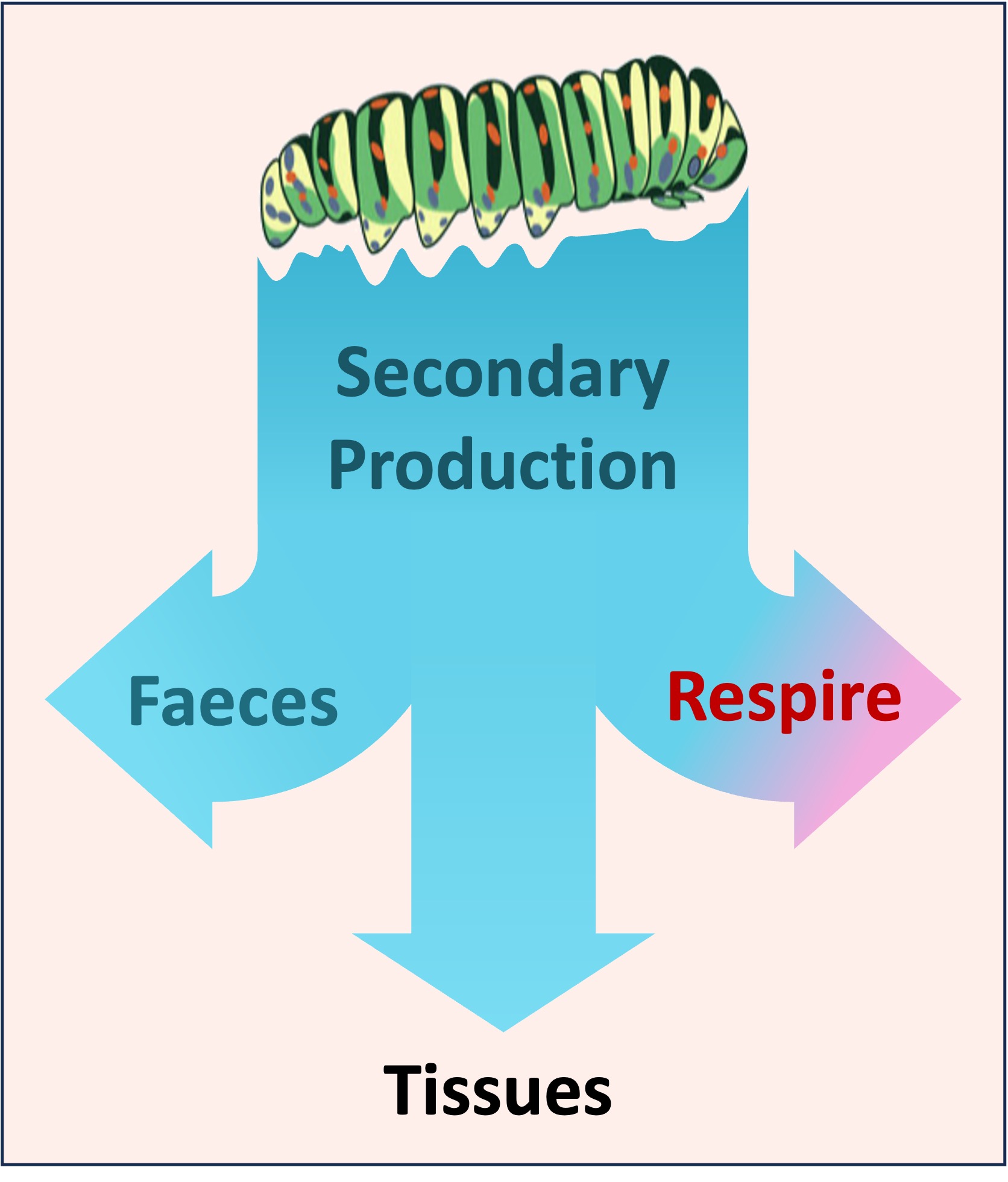

Biomass
Biomass is the total mass of a group of organisms – consisting of the carbon compounds contained in the cells and tissues
-
Biomass accumulates whenever autotrophs and heterotrophs grow or reproduce
-
The rate of biomass production is expressed in units of mass per area per time (kg m–2 day–1)
Primary production describes the accumulation of carbon compounds in biomass by autotrophs (producers)
-
The main source of energy for primary production is sunlight, but energy may also be derived from the oxidation of inorganic chemicals
-
Not all of the biomass produced will be stored in the tissues – some of the biomass will be utilised in cell respiration
-
Net = Gross (Total) – Respiration
-
Primary production rates can vary according to environmental conditions, with different ecosystems (biomes) having different levels of productivity
-
For example, biomes that have more hours of sunlight, optimum temperatures and greater rainfall will have faster rates of primary production
Primary Production


Secondary production describes the accumulation of carbon compounds in biomass by heterotrophs (consumers)
-
This biomass generation is driven by the transfer of organic compounds between trophic levels via feeding
-
Because biomass is lost during cell respiration (converted to carbon dioxide and water), secondary production is lower than primary production
-
Net = Gross (Eaten) – Respiration
-
Secondary Production






